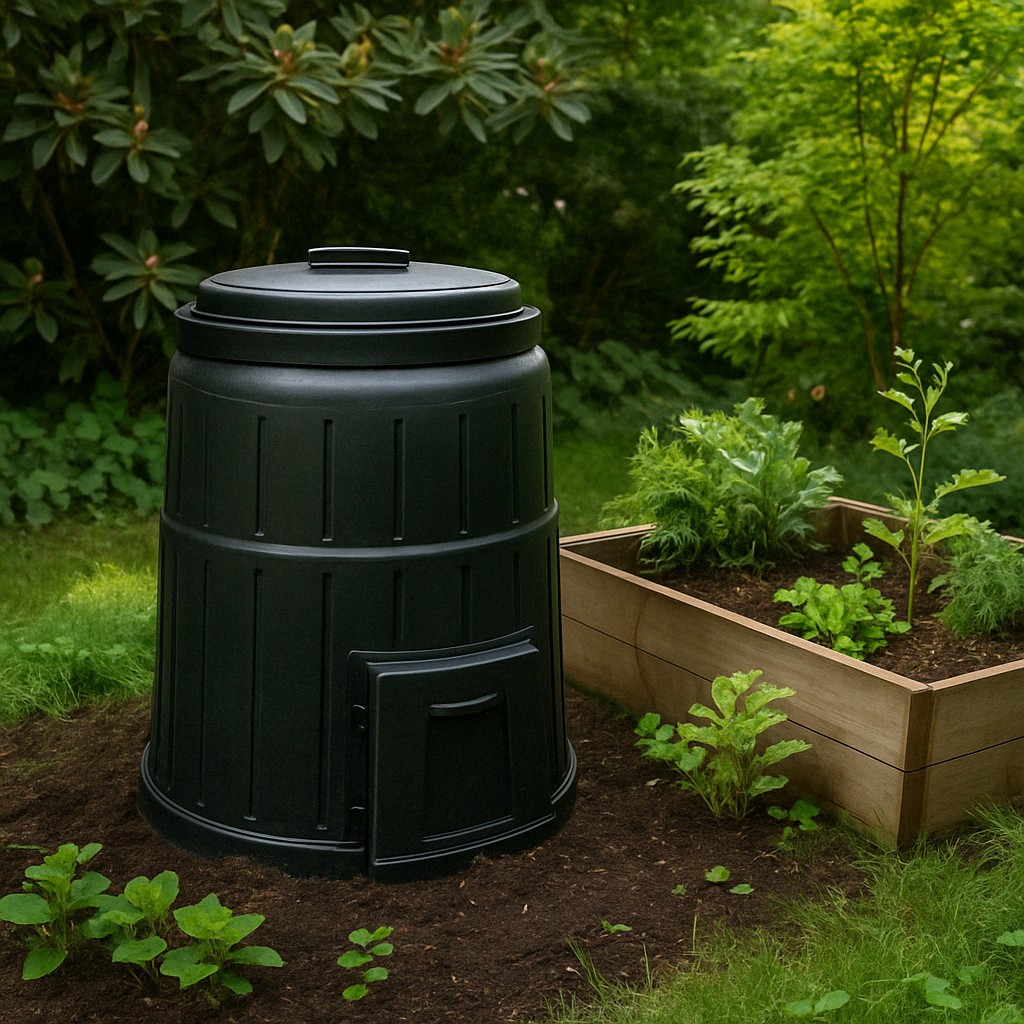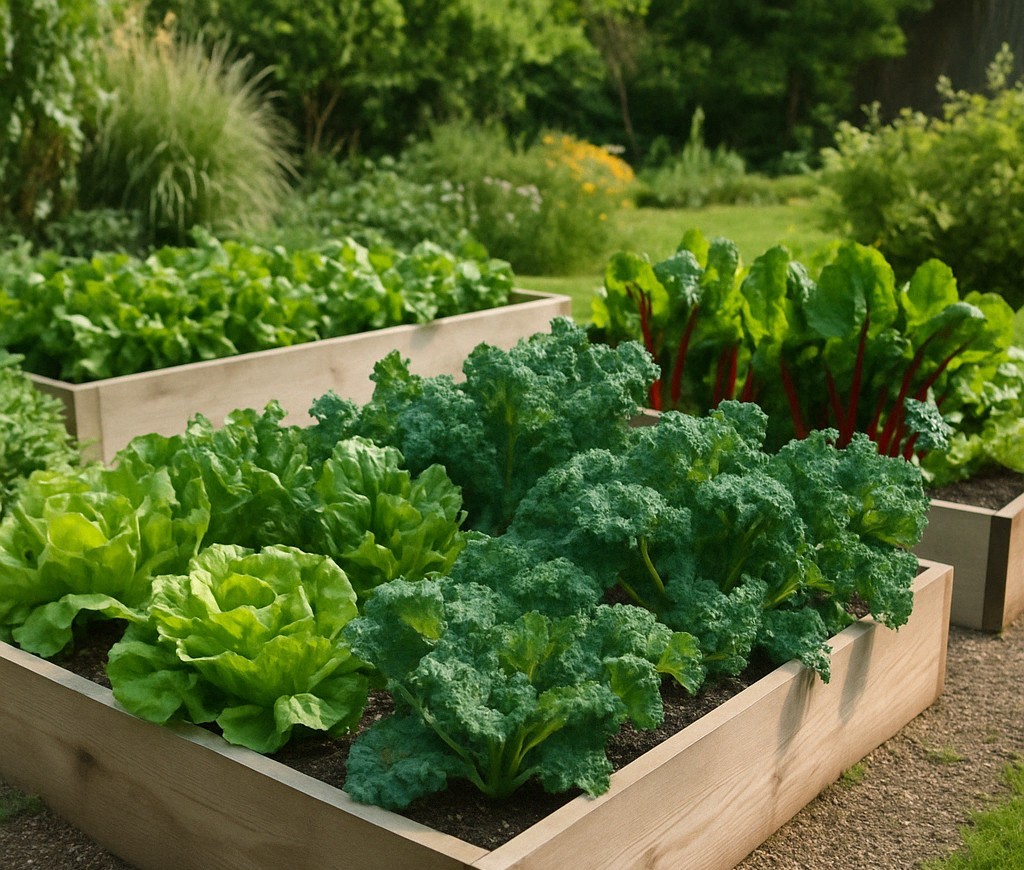Low-Water, High-Style: Gravel Gardens in Gilbert
Gilbert residents know that desert landscaping isn’t just practical — it can be stunning. A well-designed gravel garden can turn your yard into a drought-resistant oasis that requires very little upkeep, saves on water, and stands up beautifully to the Arizona sun. Whether you’re revamping your front yard or replacing a patchy lawn, this guide walks you through everything you need to create a gravel garden that thrives in Gilbert’s desert climate.

Why Choose a Gravel Garden in Gilbert?
Gravel gardens are a type of xeriscaping — a landscaping technique designed for water conservation. Unlike lawns or thirsty flower beds, gravel gardens retain moisture, reflect heat away from roots, and eliminate the need for constant watering. Plus, they offer a clean, modern aesthetic that fits right in with Gilbert’s desert surroundings.
Choosing the Right Gravel
Not all gravel is created equal. For desert gardens in Gilbert, here are some top choices:
- Decomposed Granite (DG): Offers a compact surface perfect for walkways and ground cover.
- River Rock: Adds contrast and texture when used in dry stream beds or borders.
- Crushed Stone: Available in many sizes and colors for visual appeal and soil protection.
Choose gravel tones that complement your home’s exterior and existing hardscape for a cohesive look.
Plants that Pair Perfectly with Gravel
The key to a successful gravel garden is mixing structure with color and form. Great plant choices include:
- Red Yucca – bold spiky forms with coral blooms
- Lantana – colorful, fast-spreading groundcover
- Agave – striking architectural statement plants
- Brittlebush – soft gray foliage and bright yellow flowers
- Texas Sage – hardy shrub with purple blooms
For more ideas, check out Top Drought-Resistant Plants for Arizona Gardens.
Drainage & Weed Control: Getting the Base Right
Before you start pouring gravel, you’ll need to prepare the area:
- Remove any grass or weeds
- Level the soil and install a layer of landscape fabric
- Apply a 2- to 3-inch layer of gravel evenly across the space
Landscape edging helps keep the gravel in place and adds a finished look.
Design Tips for Stunning Layouts
- Use boulders or driftwood as focal points
- Break up large spaces with flagstone paths or patios
- Incorporate elevation changes with mounds or tiered beds
- Group plants by size and water needs for natural flow
Low Maintenance — Not No Maintenance
Gravel gardens require less effort than traditional gardens, but they still need occasional care:
- Blow or rake off leaves and debris to prevent weed growth
- Check irrigation (if used) for leaks or clogs
- Replenish gravel every couple of years to maintain coverage
Bring Your Yard to Life — Without Using Much Water
By switching to a gravel garden, you’re saving water, reducing yard work, and adding serious curb appeal. With the right materials and plants, your Gilbert yard can become a desert sanctuary that’s both eco-friendly and eye-catching.
Looking to conserve even more water? Check out Installing Efficient Irrigation Systems in Gilbert — and don’t forget your April Yard Checklist for Gilbert!



